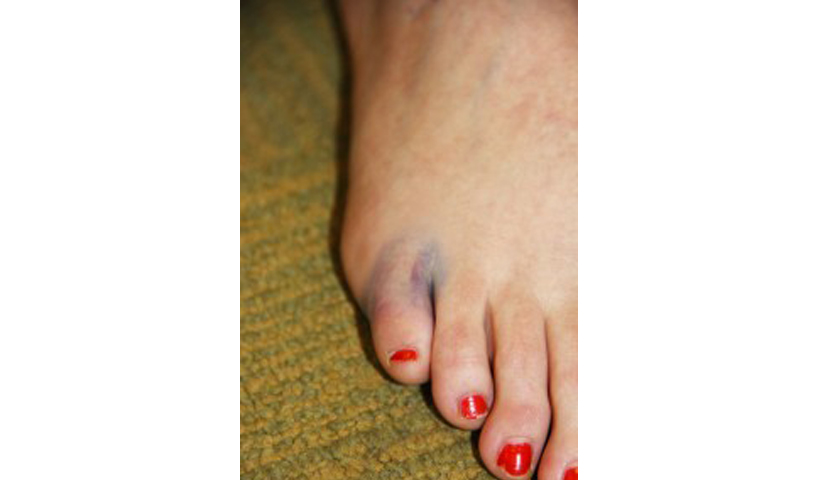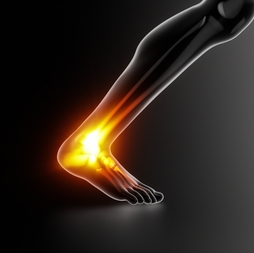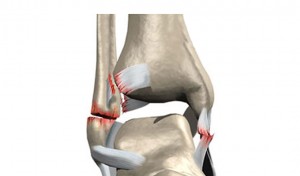
People depend on their bodies to hold them up and to perform normal daily activities. It would be hard to go about your business or get anything done if your limbs suddenly stopped working or were unable to support you. When your joints are unstable, they are more prone to injury. Ankle instability is a chronic issue that can make you vulnerable to injury and hamper your activities.
Stretching out Your Stabilizers
Ankle instability is the loosening and weakening of the ligaments that stabilize the ankle. It develops after an ankle sprain heals incorrectly or from lose ligaments . A sprain overstretches the ligaments that anchor the joint. As they heal, they have to tighten appropriately and be rehabilitated to restore their strength. If this doesn’t happen, they remain loose and ineffective. This creates a joint weakness, so you feel like your ankle “gives out” when you try to use it forcefully. It can also create a compounding problem: unstable ankles are more likely to sprain again, further weakening the joint and exposing it to additional risks for injury.
Ankle brace strengthening the Joint
Restoring the ankle to full strength is the only effective way to protect your lower limbs and keep them safe from repeat injuries. To do that, you will need to have your lower limbs examined and treated by a professional, experienced podiatrist, like those here at Country Foot Care. Our podiatrists will thoroughly examine your injured ankle. They will perform different diagnostic tests to determine which structures are affected and to what degree. Once they have a complete picture of your ankle instability, they can help you rebuild your joint strength.
Conservative treatment involves physical therapy. Certain exercises help strengthen the muscles and tendons that surround and help stabilize the joint. The exercises work to improve your balance and your joint’s ability to respond when the surface underneath your feet is uneven. Though this helps, it doesn’t tighten the ligaments themselves, so you may still need extra stabilization. Custom Orthotics to control the heel can sometimes help. High-top shoes secure the joint and may also benefit the affected foot. You may still need to wear a brace or bandage during your activities to help support the ankle. If conservative measures fail to restore enough strength to prevent additional injuries, you may need surgery. A procedure can tighten the affected ligaments and allow your natural structures to secure the joint.
If you’re concerned because your ankle seems to give out under you, or you struggle to heal from sprains, you may suffer from ankle instability. Fortunately, you can build up strength and avoid additional problems in your lower limbs. Don’t wait until your ankle rolls with almost every step—or worse, you completely rupture a ligament—to seek help. Contact the experts at Country Foot Care to make an appointment either online using the MAKE AN APPOINTMENT button at the top of this page or by calling our offices during regular hours.





